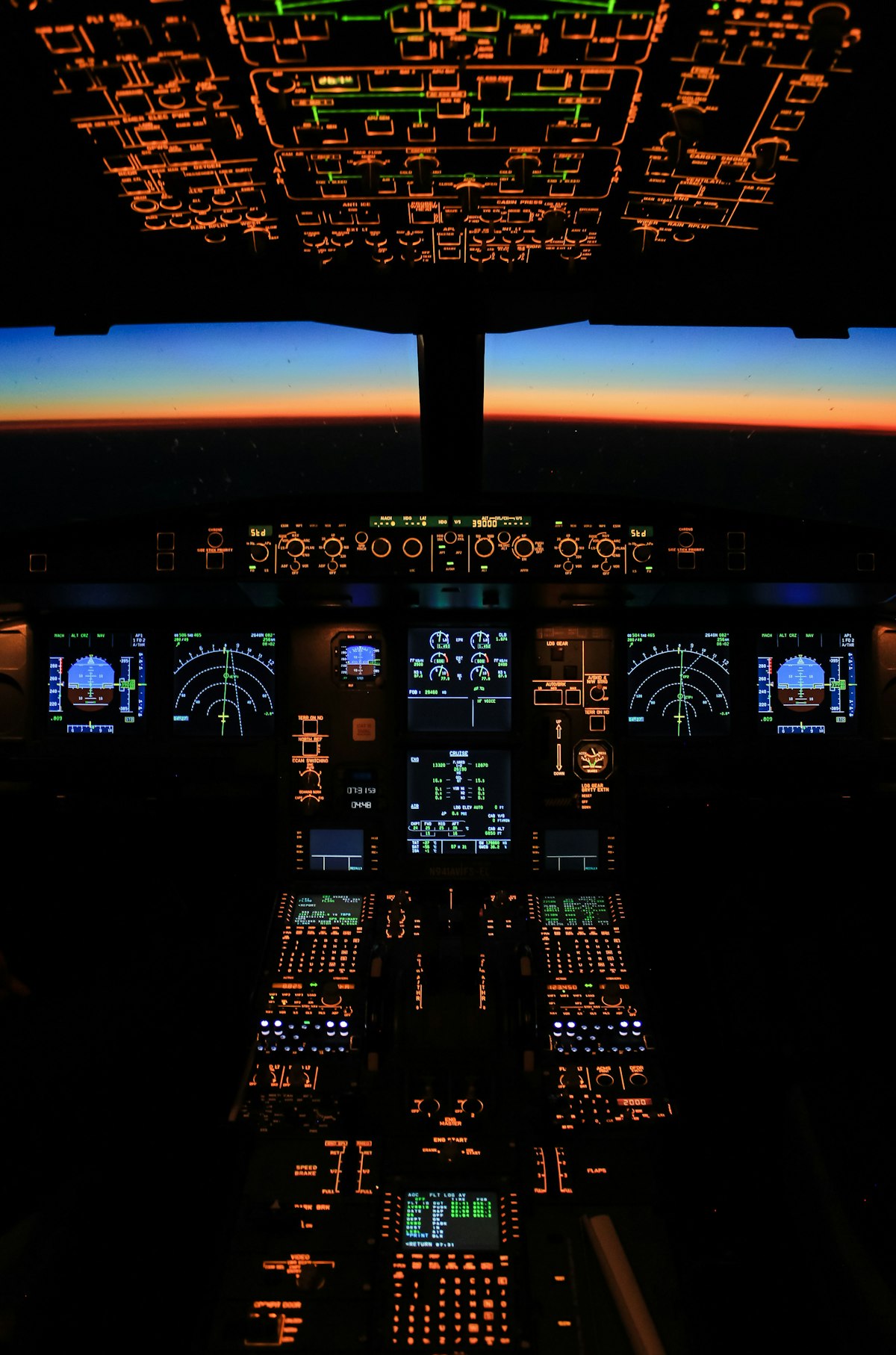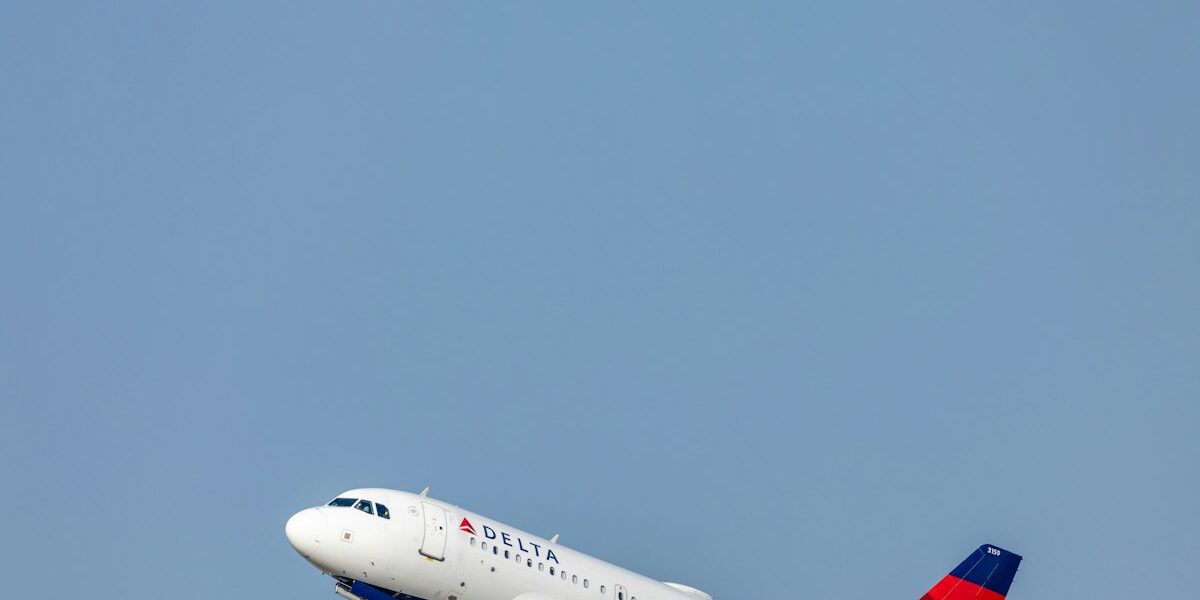Flight Information Display System
Understanding Flight Information Display Systems
Air travel involves numerous logistics and real-time updates. One essential component in airports worldwide is the Flight Information Display System (FIDS). This system provides passengers and airport staff with real-time flight status and other relevant travel information.

The Role of FIDS
These systems are pivotal in ensuring smooth airport operations. They display departure and arrival times, gate numbers, flight statuses (delayed, on-time, boarding), and baggage claim areas. Automated updates ensure the information reflects actual conditions, reducing confusion and enhancing passenger experience.
Components of a Flight Information Display System
A typical FIDS consists of several core components:
- Central Server: The server collects data from various sources like airlines, weather stations, and air traffic control.
- Data Sources: Information from airlines, aviation authorities, and weather services form the basis of the displayed data.
- Display Screens: Monitors placed throughout the airport show the information. These can be LED, LCD, or plasma screens.
- Software Platform: The software interprets the data and ensures the accurate display on screens.
- Network Communication: An efficient communication network, often relying on set protocols, transmits data from the server to display screens.
Technological Backbone
Modern FIDS leverage advanced technologies. Integration with airport operations databases (AODB) and the use of real-time microservices enhance the reliability and speed of information updates. Furthermore, cloud computing is increasingly being utilized, providing scalability and flexibility.
Types of Display Screens
LCD Screens
These are the most common type. They offer clear visibility and consume less power. LCD screens are particularly useful in high-traffic areas where legibility is critical.
LED Screens
LEDs provide brighter displays which can be essential in well-lit areas. They have a longer lifespan than LCDs and better energy efficiency but come with a higher initial cost.
Plasma Screens
Less common nowadays, plasma screens offer a wider viewing angle and better color accuracy. They are more suitable for areas where viewers might see the screen from multiple angles.
Data Accuracy and Reliability
Accuracy in FIDS is non-negotiable. Systems must synchronize with airline databases and air traffic control updates. Real-time data feeds, redundancy systems, and failovers ensure minimal downtime and up-to-the-minute accuracy.
Human Factors
Airport staff rely on FIDS for directing passengers and managing operations. Clear, accurate displays reduce the workload on staff, allowing them to focus on more complex tasks.
Passengers, especially those unfamiliar with the airport, find FIDS indispensable. Features like multilingual support and recognizable icons improve usability for international travelers.
Future Trends
Technological advancements continue to shape the future of FIDS. The integration of artificial intelligence could provide predictive analytics, foreseeing delays and alerting passengers proactively. Additionally, the use of mobile applications allows passengers to access flight information on their personal devices, offering a customized and convenient experience.
Touchscreen displays could become more prevalent, providing interactive maps and directions. Virtual reality (VR) and augmented reality (AR) might also play roles, offering immersive guides for navigating airports.
Challenges and Considerations
While FIDS are remarkably robust, they face certain challenges:
- Data Overload: Too much information can overwhelm users. Balancing detail with clarity is essential.
- Maintaining Accuracy: Inaccurate data can lead to missed flights, frustrated passengers, and systemic bottlenecks.
- Technical Failures: Downtime can disrupt airport operations severely. Regular maintenance and robust IT support are crucial.
- Cost Management: Premium technologies like LED screens and AI integration involve higher costs. Budget considerations must balance cutting-edge solutions with affordability.
Customization and Flexibility
Airports have diverse needs based on size, traffic, and geographical location. Customizable FIDS solutions allow airports to adapt systems to specific requirements. Smaller regional airports may prefer simpler setups, while international hubs might invest in advanced features.
Compliance and Regulations
Adhering to aviation industry standards and guidelines ensures interoperability and safety. Compliance with federal and international regulations is mandatory for FIDS deployment. This ensures systems meet rigorous performance and security standards.
Case Studies
Many airports worldwide have pioneered innovative uses of FIDS. For example, Singapore Changi Airport integrates its systems with mobile apps, providing real-time alerts and easy navigation aids. Meanwhile, Dubai International Airport’s FIDS feature ultra-large LED screens, offering a visually engaging experience while delivering critical updates.
Vendor Solutions
Pioneering companies like SITA, Amadeus, and Honeywell offer tailored FIDS solutions. These vendors typically provide end-to-end services, from design and installation to ongoing support and maintenance.
Security Considerations
Cybersecurity is a growing concern. FIDS handle sensitive information and are crucial infrastructure, making them targets for cyberattacks. Ensuring robust security measures, such as encryption, firewalls, and regular security audits, is essential.
Environmental Impact
Sustainable practices are becoming a priority. Hospitals use energy-efficient screens and rely on software solutions that minimize power consumption. Newer technologies aim to reduce the carbon footprint of these systems.
Conclusion
The Flight Information Display System remains a crucial aspect of modern air travel. Through advanced technology, user-friendly design, and continuous innovation, these systems significantly enhance the passenger experience and optimize airport operations.




Subscribe for Updates
Get the latest articles delivered to your inbox.
We respect your privacy. Unsubscribe anytime.